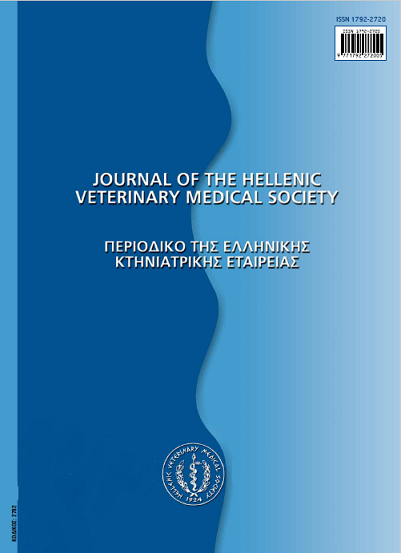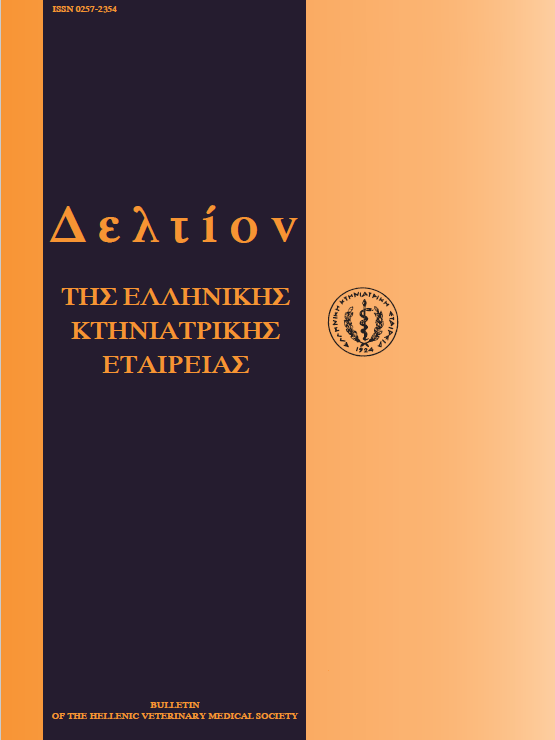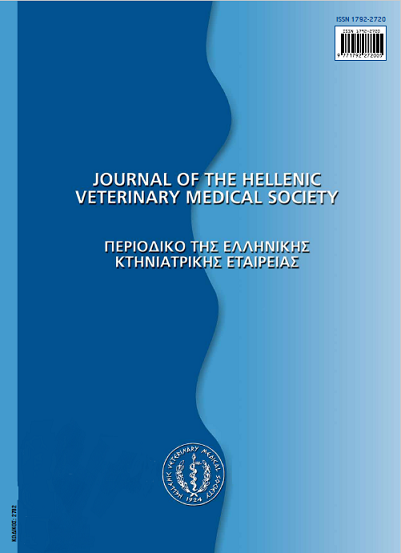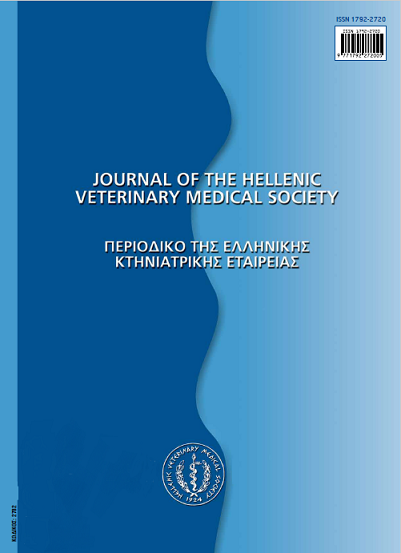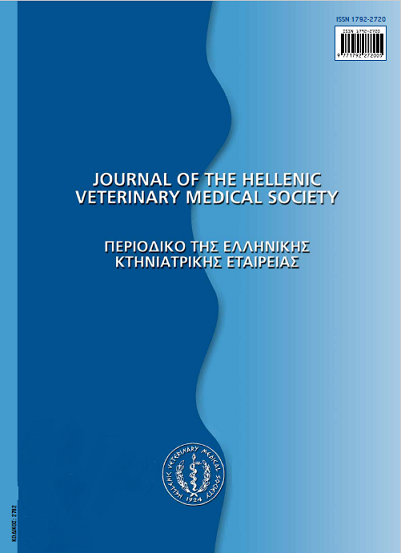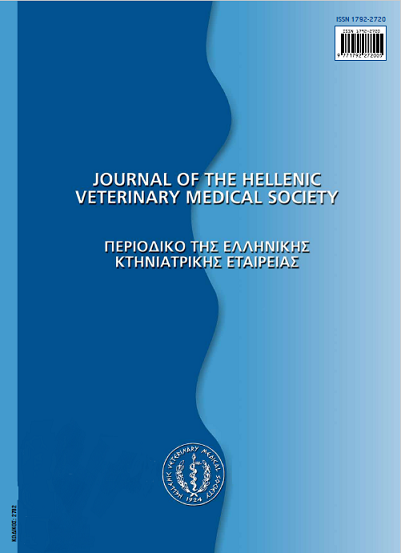Clinical relevance of serologic testing in canine monocytic ehrlichiosis (Ehrlichia canis)

Abstract
Canine monocytic ehrlichiosis (CME) is primarily caused by Ehrlichia canis, a member of the genus Ehrlichia (family: Anaplasmataceae). Serology is the most frequently used diagnostic modality in CME. Indirect fluorescent antibody (IFA) testing remains the “gold standard” for the detection and titration of the E. canis-specific antibodies; in addition, several user-friendly, in-clinic assays have recently gained tremendous popularity due to their practical and cost-effective nature. The latter assays provide mostly qualitative results and have a high diagnostic specificity; however, their sensitivity usually declines when the IFA-titers are lower than 1/320, suggesting a suboptimal performance in acutely infected dogs.
Overall, a positive IgG antibody titer indicates past exposure to and infection by Ehrlichia canis or a closely related agent (e.g. E. chaffeensis, E. ewingii), while rarely, true false positives may adversely affect the interpretation. As a rule, a negative IgG antibody titer rules out exposure to E. canis, with the notable exception of the acute CME in which clinical and clinicopathological manifestations may preceed seroconversion which occurs 7-35 days post-infection. The latter problem may be overcome by testing paired serum samples obtained 2-3 weeks apart. Unlike IgG antibodies, IgM titers develop inconsistently in the course of the infection, thus, not justifying their routine measurement for diagnostic purposes. Importantly, IgG antibody titers do not reliably correlate with the duration of infection, the current carrier status, or the presence and severity of clinical disease. Because of the prolonged latent period and the persistent seropositivity following therapy or self-eradication of the infection, clinicians should be well aware that seroreactivity to E. canis, especially in an endemic area, does not unequivocally confirm that the clinical manifestations and the clinicopathological abnormalities are due to E. canis infection. The decision to treat a clinically healthy, seropositive dog may be particularly challenging, especially in endemic areas.
A positive or negative polymerase chain reaction (PCR) result dictates towards or against treatment, respectively. If PCR is not available, the proper course of action should be decided on a case-by-case basis. The authors suggest treating these dogs if they are thrombocytopenic and/or hyperglobulinemic and no other potential causes of these abnormalities (e.g. pseudothrombocytopenia and/or comorbid conditions) can be demonstrated. The antibody kinetics is quite unpredictable, frequently persisting several months to years following eradication of the organism, which limits the value of serology as a post-treatment monitoring tool. This review article addresses a series of questions pertaining to the interpretation of E. canisspecific serology in the context of the clinical phase of the disease, the antibody kinetics, the sensitivity and specificity of the assays and the prior treatment status. The ultimate goal is to facilitate the clinical decision-making towards the diagnosis and post-treatment monitoring of the CME.
Article Details
- How to Cite
-
MYLONAKIS (Μ.Ε. ΜΥΛΩΝΑΚΗΣ) M. E., KOUTINAS (Α.Φ. ΚΟΥΤΙΝΑΣ) A. F., THEODOROU (Κ. ΘΕΟΔΩΡΟΥ) K., SIARKOU (Β.Ι. ΣΙΑΡΚΟΥ) V. I., & KONTOS (Β.Ι. ΚΟΝΤΟΣ) V. I. (2017). Clinical relevance of serologic testing in canine monocytic ehrlichiosis (Ehrlichia canis). Journal of the Hellenic Veterinary Medical Society, 63(2), 127–134. https://doi.org/10.12681/jhvms.15428
- Issue
- Vol. 63 No. 2 (2012)
- Section
- Review Articles
Authors who publish with this journal agree to the following terms:
· Authors retain copyright and grant the journal right of first publication with the work simultaneously licensed under a Creative Commons Attribution Non-Commercial License that allows others to share the work with an acknowledgement of the work's authorship and initial publication in this journal.
· Authors are able to enter into separate, additional contractual arrangements for the non-exclusive distribution of the journal's published version of the work (e.g. post it to an institutional repository or publish it in a book), with an acknowledgement of its initial publication in this journal.
· Authors are permitted and encouraged to post their work online (preferably in institutional repositories or on their website) prior to and during the submission process, as it can lead to productive exchanges, as well as earlier and greater citation of published work.



